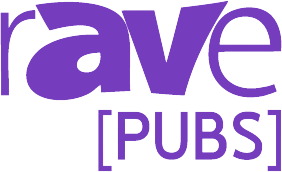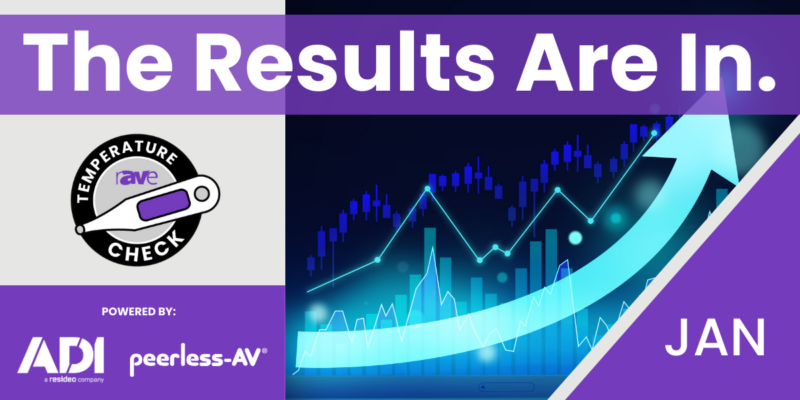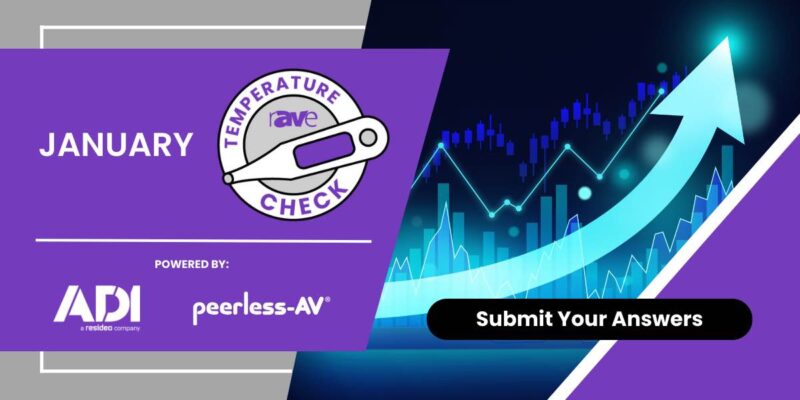Reviewing Kayye’s Krystal Ball
 By Brian Rhatigan
By Brian Rhatigan
Almo Pro A/V
Editor’s note: Gary’s Krystal Ball column, as well as the webinar he gave on it, was produced before the COVID-19 crisis, which will obviously have a huge impact on the industry that resonates throughout 2020 and into 2021. Gary’s column, and subsequent responses, have mostly focused on technology and not industry or economic predictions, so we have left them in place and continued to publish as they come in.
Chances are if you worked in the AV industry for any amount of time then you are familiar with Gary Kayye, the founder of rAVe [PUBS], and certainly if you have attended any of Almo’s E4 events over the last 10 years you would have had the opportunity to hear Gary deliver his keynote address. He has popularized an annual presentation called Kayye’s Krystal Ball that talks about his predictions for the AV industry in the coming year, as well as a look back at the previous year’s predictions and a discussion around whether or not they were accurate.
This review of the previous year’s predictions is what I find most interesting because you don’t see this very often, and it provides legitimacy his predictions. He predicted last year that AV-over-IP will dominate every AV system discussion by October of 2019. While it may not be every system discussion, I have found that when speaking with integrators about projects requiring audio and video distribution AV over IP is usually part of the discussion. With additional education throughout the industry and traditional IP switch manufacturers like Netgear introducing purpose-built products, this will only continue to expand.
Another prediction was that there were too many wireless collaboration systems and the market was reaching saturation, but as it turned out there was indeed growth in the space and new manufacturers entering the market, while category veterans like Barco continued to innovate in the space with the recent introduction of Clickshare Conference alleviating the need for a dedicated room PC in meeting spaces with video conferencing.
He also predicted that universities will convert from lamp-based projectors to laser light source projectors. While not surprising, this one definitely proved to be true, not just in the university market but also in house of worship and experiential-based signage applications. Customers are without a doubt seeing the value of virtually maintenance-free projection systems and the technology has allowed projection to be used in applications where it would not have been a good fit previously.
So what did Gary have to predict for 2020? This year he revealed 14 predictions for this coming year and with an accuracy rate of about 70% for 2019, it will be interesting to review this next year. A replay of the presentation can be viewed here if you want to learn about all of them, but I would like to call out a few.
USB-C will simplify AV systems. We are already starting to see this new format show up on certain devices and it is rumored it will be the connector used in the next generation iPhone. With video, audio, control, Ethernet, power and charging over a single connector it is no wonder that this will increase in popularity and become more common in AV devices this year.
8K will still be hype and I have to agree with this one. As a matter of fact, the majority of all broadcasters aren’t even showing their programming in 1080p yet, but in 1080i or 720p! While streaming services like Netflix and Hulu boast 4K programming, these are delivered using file compression and subscribers are limited by their download stream. Let’s not forget, in commercial applications you also need to consider the distribution of the signal and the heavy-duty bandwidth requirements of the associated cabling.
The killer app on interactive display panels will be the UI. I agree here as well. The purpose of these devices in the first place is to easily facilitate collaboration, presentation, and in many cases video conferencing. The thing is this must be easy otherwise technology investments will often go unused or under-utilized. Take for example Quicklaunch from Display Note or Hub VC from T1V, both of these provide a slick easy to understand, easy to use interface for essentially a large-format tablet, and can provide customized and specific functionalities for users turning a Windows-based PC into a dedicated appliance.
I encourage you to view the recording of the presentation if you missed it and look forward to hearing your perspective on this year’s predictions!





